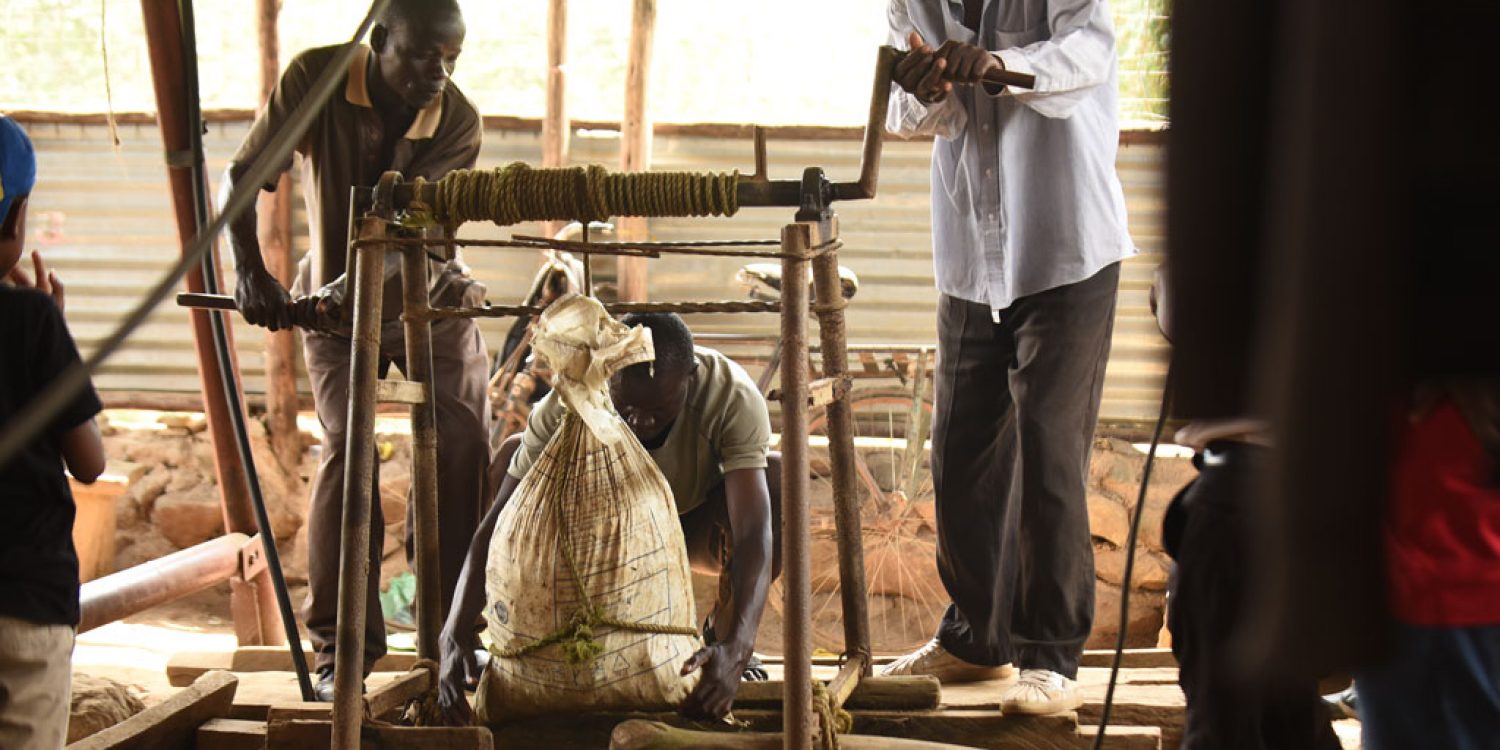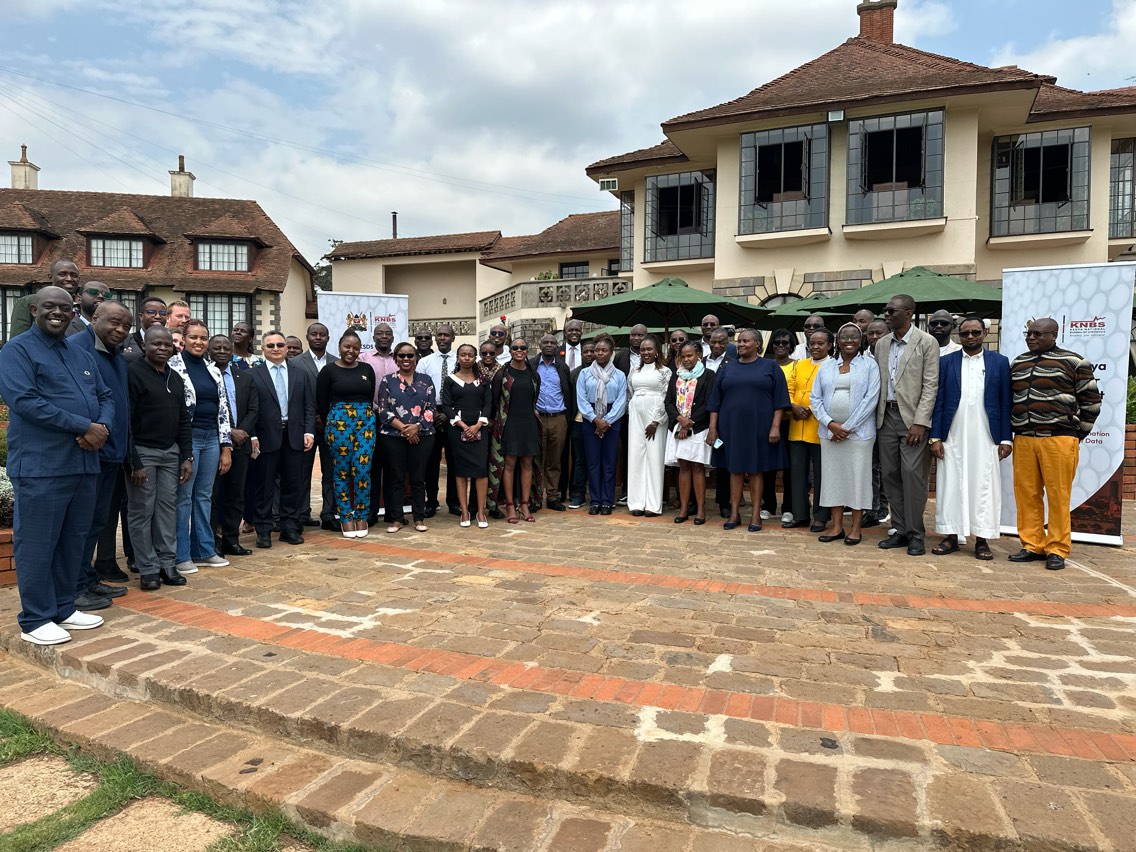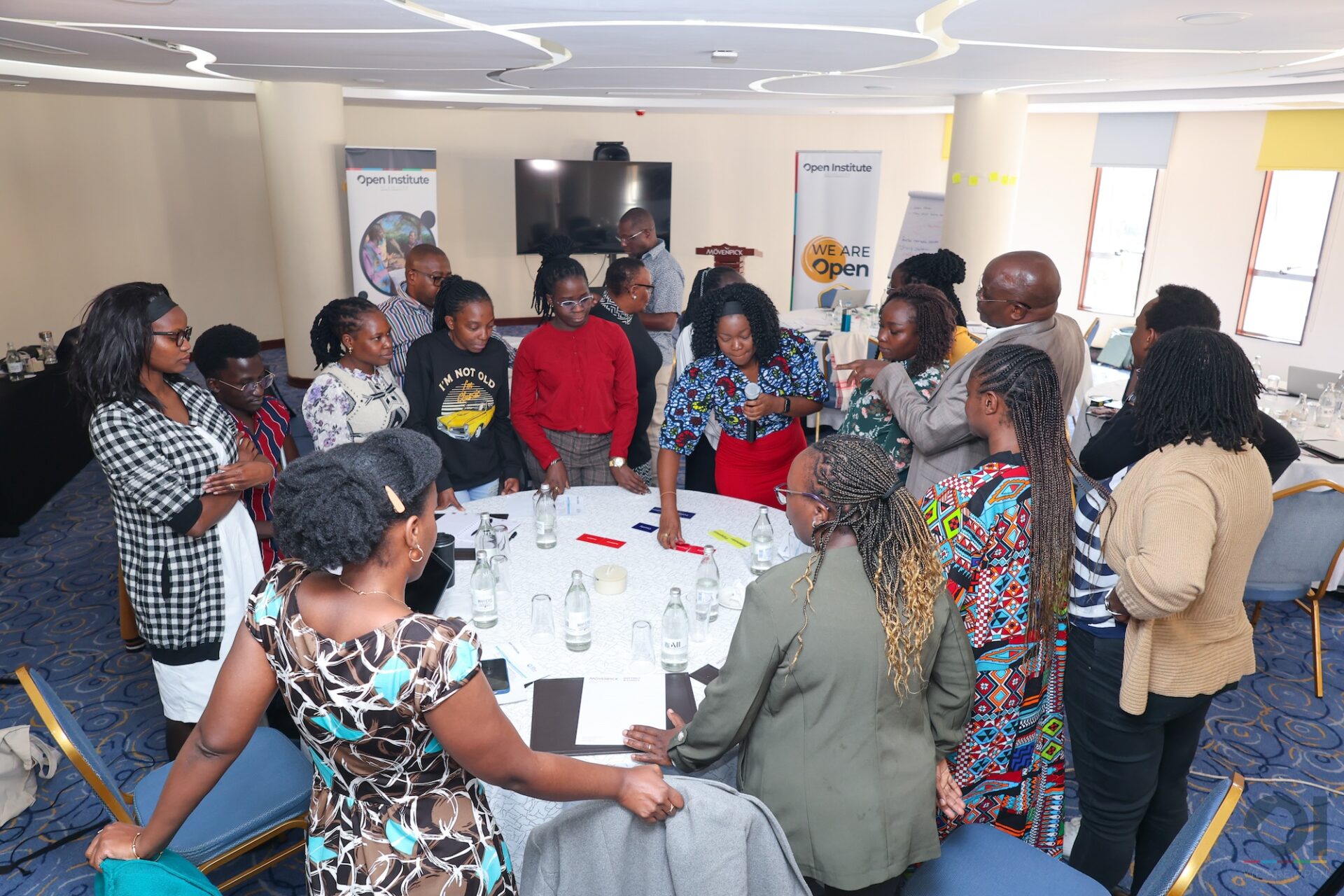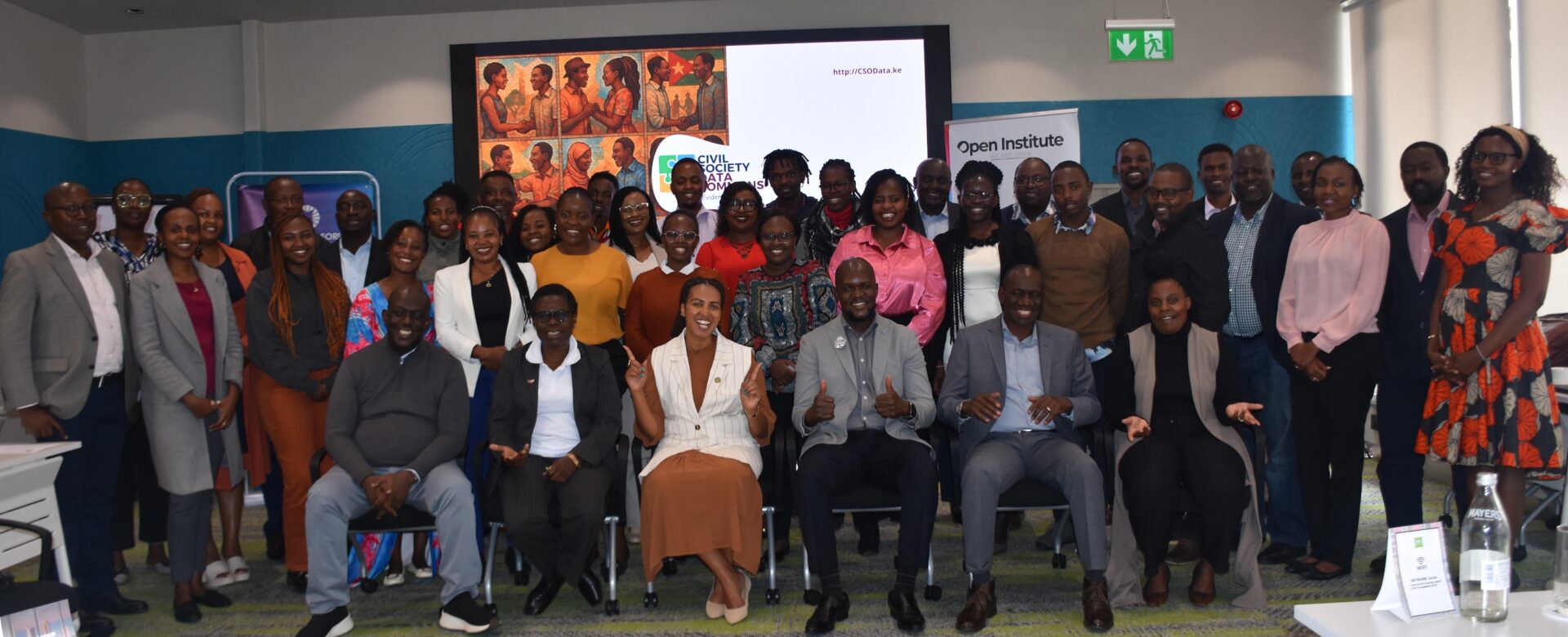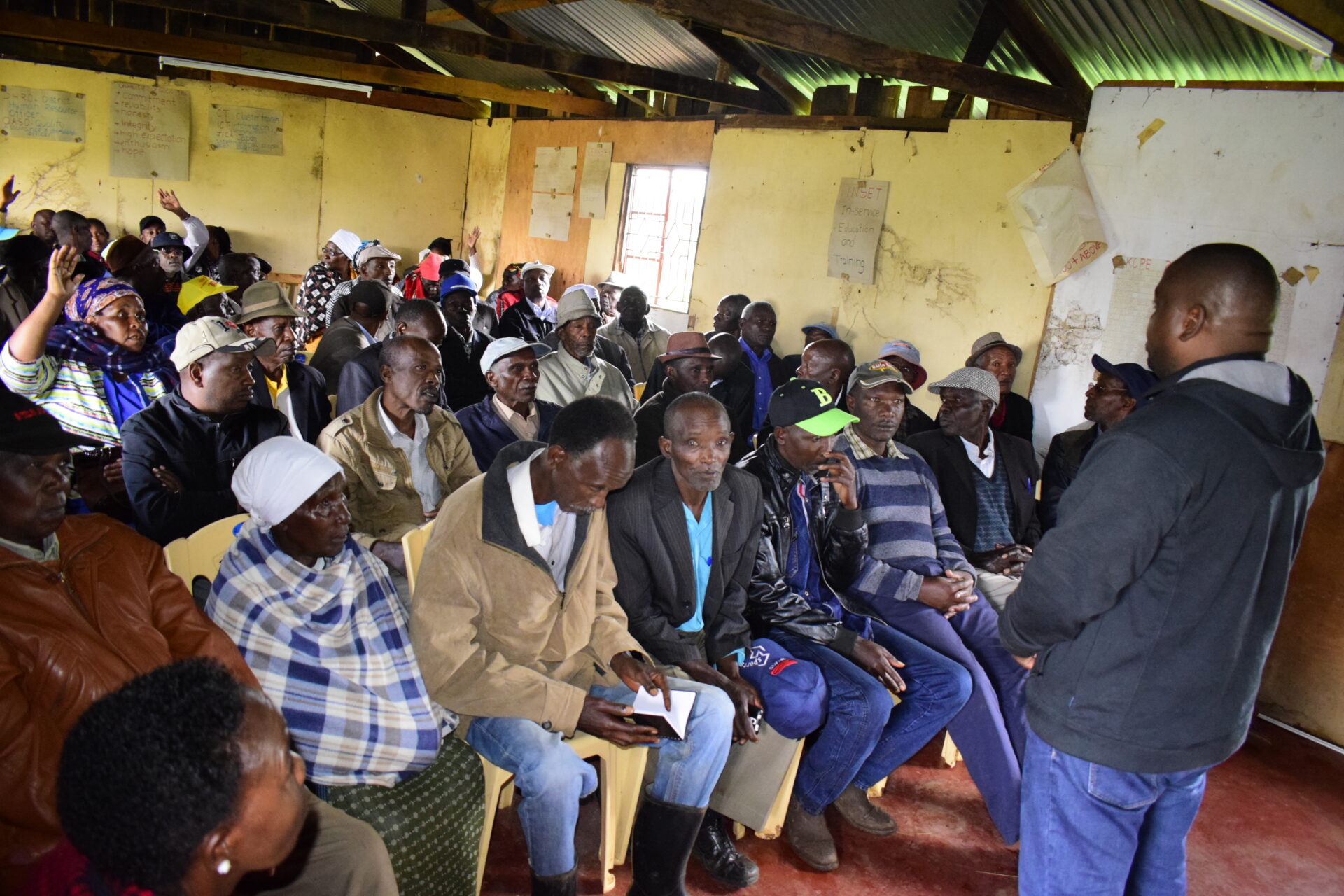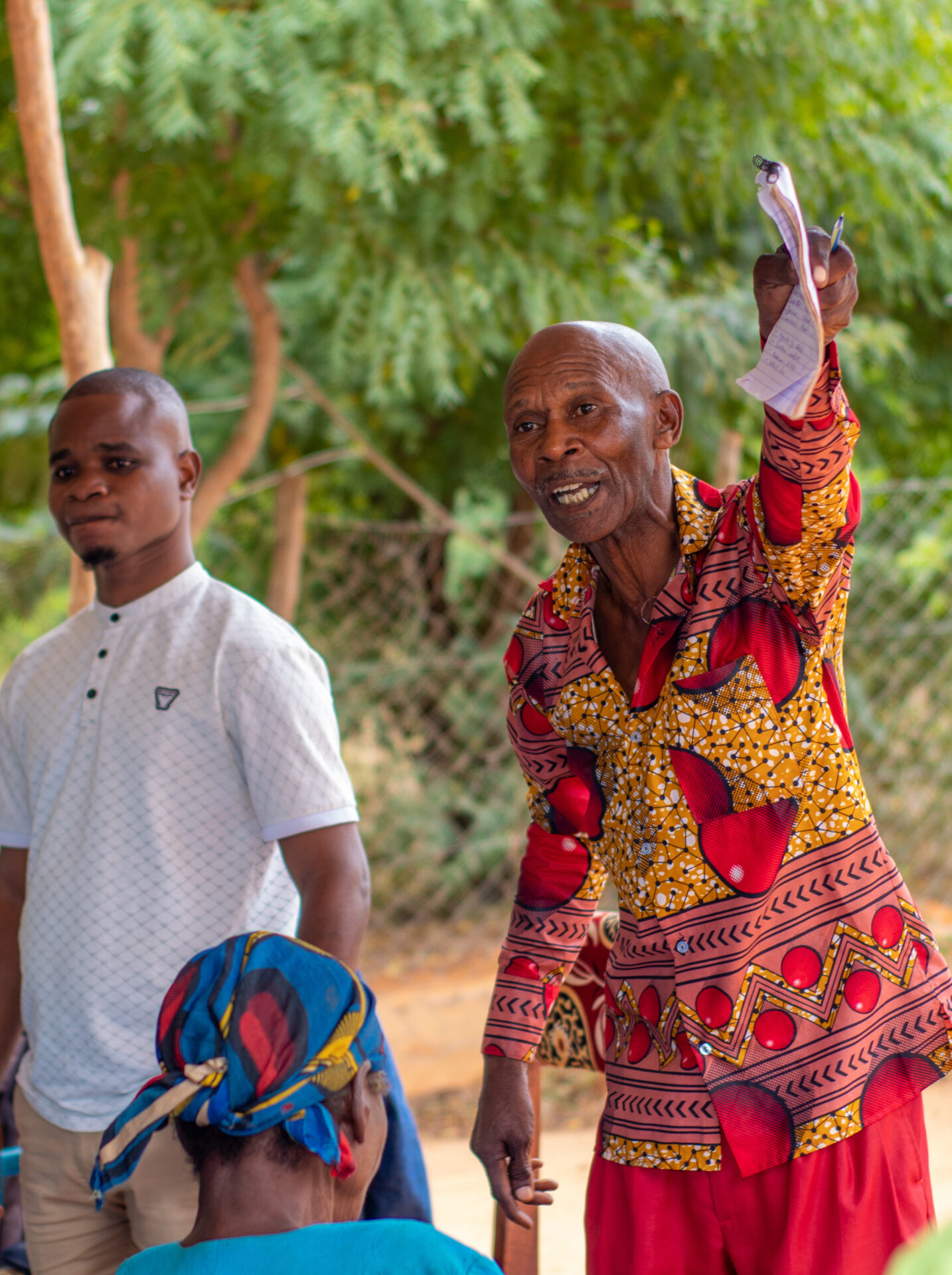In the last few weeks, we have travelled to different parts of Kenya to meet with artisan miners and listen to them tell us about their circumstances. We wanted to hear from them how they exercise their voices (if at all) in the making of decisions around their work.
I joined the team in the Kisumu-Migori-Vihiga leg of the trip. We got to Kisumu County at 7 am, having left Nairobi an hour earlier. We were armed with excitement and curiosity. We had learnt of gold mining from books and I had not seen a mine my whole life.
In our “Gold Rush”, we first headed to the County of Kakamega, which was an hour’s drive, we met our guide who took us to see some mines. It was a little peculiar that the mines were in people’s backyards. We got into compounds and found 50, 100 or 300ft mine shafts. There were crude machines that were being used to extract the precious ore that to me, looked like any ordinary rock. About 30 to 500 people were working in this shafts in shifts. The shafts that stood with gapping opening were scary just standing next to this shafts, you could feel the heat and polluted air coming out from them. What the miners were doing was incredible. They used ropes tied on a hand-powered pulley mounted on top of the pit. Some men would carefully lift or lower others into the pit using this pulley and bring up the rocks as well.
On the third day, we travelled to the County of Vihiga, 1 hour to the north of Kisumu. We met our guide, Mzee Herbert, at a local shopping centre and proceeded to a more rural area of the township where the mines were. Mzee Herbert was an older looking gentleman in his mid-fifties and had been in the mining industry from his twenties. He had dug many shafts in the region, owning some. It was clear that he had attained respect from the community, and he employed most of the youth in the neighbourhood. He took us to several mines that he owned and some that he had goodwill. One particular mine looked different. Unlike other areas we had gone, the mine was waterlogged and the miners who were working in these miners were all miry.
The mine was located on the side of a hill. There were other mines around it but these were now defunct. Albert told us that the other three mines had crumbled because the walls were not firm and others had too much water to continue investing in them. “This time around we are sure to get it right,” he assured us. We could see several miners hard at work removing the muddy water in buckets. They were a sight as we saw them pour bucket after bucket onto the slanting surface that directed the water to the bottom of the hill where apparently was a previous pit that is now covered in water.

Mzee Herbert told us that in a mine further down the hill, they had gone below the water table and water had been sipping through the walls into the shaft making it more tedious to extract the rocks. More importantly, the water made the shaft unsafe. They spent too much time pumping the water out and it was diminishing their capital. They had engaged in this mine for over a year but they could not, however, continue mining and had to let go. A week after abandoning that mine, water had already covered the 300 feet pit and risen up and covered the 2-floor house structure they had constructed above ground used for storage of the gathered rocks and equipment.
We learnt of the many dangers that the miners could face in their occupation. They dealt with waterlogged shafts that contributed to various illnesses like pneumonia and respiratory diseases. The miners overspent on the extraction of water from the shafts as they search for the ore. They spent more on sturdy structure construction to prevent the waterlogged soil in the shafts from caving in. In the long run, the mines become untenable to run and start generating losses.
The stakeholders in the industry ought to think a little more about the artisanal miners in regards to their health and safety. The government, for instance, could provide affordable equipment that the miners could use to protect themselves while in the shafts. They could also ensure that there are better safety regulations put in place to avoid accidents while allowing safe exploration in the regions.

